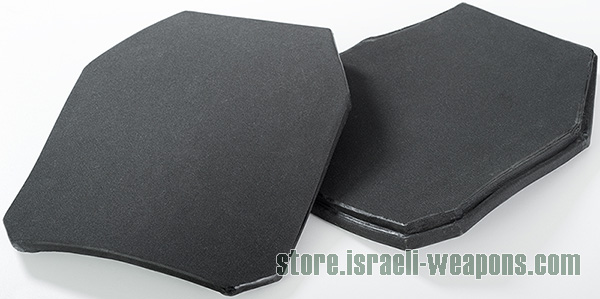
Using a bulletproof vest if you are in security or law enforcement is a smart choice both for you and the people that you are trying to protect. Modern technology in bulletproof vests has permitted makers to create body armor that can safeguard against a variety of bullets and prevent many injuries. The right body armor can be concealable, rigid, or semi-rigid and offer differing levels of protection. Certainly, there is an appropriate level of protection in body armor that corresponds well to your particular situation. A good rule is to buy the type of body armor that would stop a bullet from the type of firearm that you carry. Here we will delineate some of the advantages and limitations of Type 3 bullet proof vests.
Type III and IV Body Armor Plates
Since type III/IV armor plates is able to prevent a variety of arms fire, it is not concealable and has to be worn over top of your clothing. It will generally have pockets or loops whereby you may store gear, tools, and additional ammunition. Type III (3) and IV (4) bodyarmor has significant rigidity and weight and is usually only worn for short periods of time during tactical situations. The movement and mobility of an individual wearing armor plates is reduced. In order to qualify for a type III and IV rating, the national Institute of Justice (NIJ) mandates that the vest be able to stop the following caliber:
- 7.62mm – Are full metal jacketed bullets with a width of 7.62mm, they travel at a minimum velocity of 2,850 feet per second but while only having a mass of 166 grams.
A Type III/IV rated vest with armor plates will also provide all of the resistance specifications of lower rated vests Type I/IIA/II/IIIA.
Type III vest with armor plates will offer the level of protection necessary to stop bullets fired from rifles. The vests, which are usually worn by SWAT personnel and other tactical units who may be under heavier fire wear this type of vest and so this type is needed since a patrolman would rarely encounter such fire.
Handling Bulletproof Vest
Like any other technically designed device, there are proper ways to care for body armor. In order to find out what are the correct ways to clean and maintain your vest, you should check the inner label on the vest. Some typical recommendation can include such things as:
- Taking the plates out of their carrier since they should never be washed or cleaned
- Keeping the carrier away from bleach or starch products
- Never drying the vest outdoors or in the shade since UV light can degrade the vest fibers
Checking to see what is the proper bullet proof vest for your personal situation is important so that you are well protected. To ensure that your vest performs well and lasts the test of time, you should take steps to properly maintain all of your protective gear and follow all manufacturer’s directions.
Burke says
What the difference between shooters cut and SAPI plates?
Christopher says
Can i use these plates without a bulletproof vest?